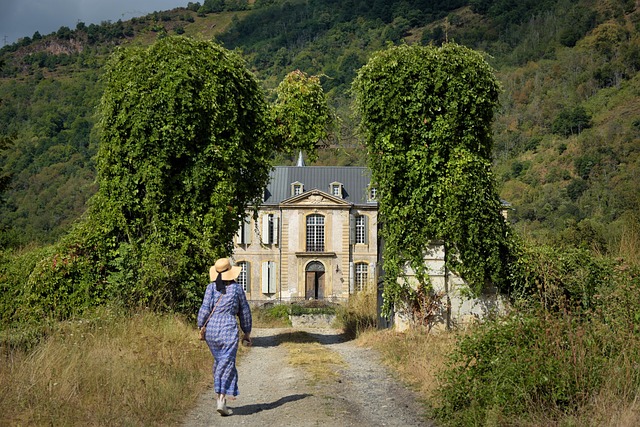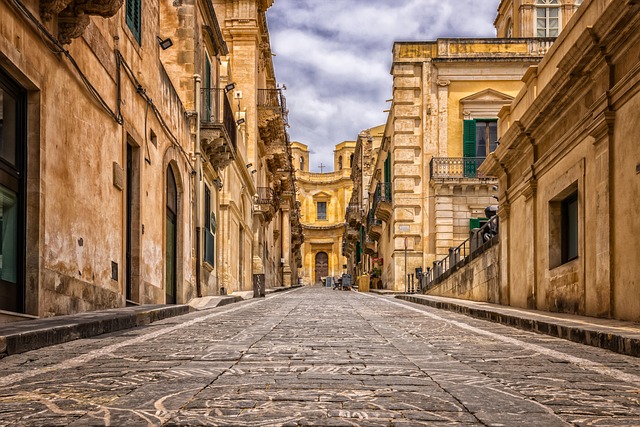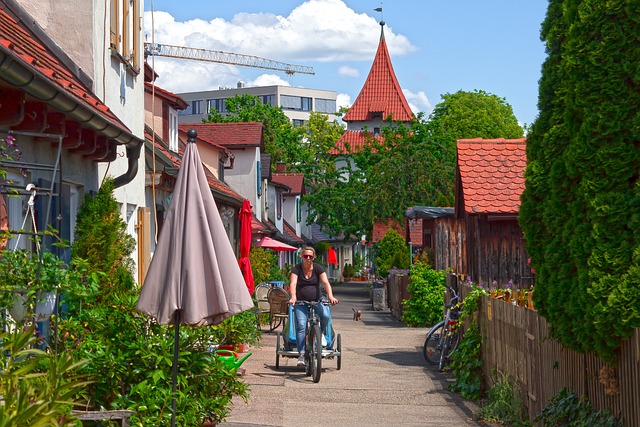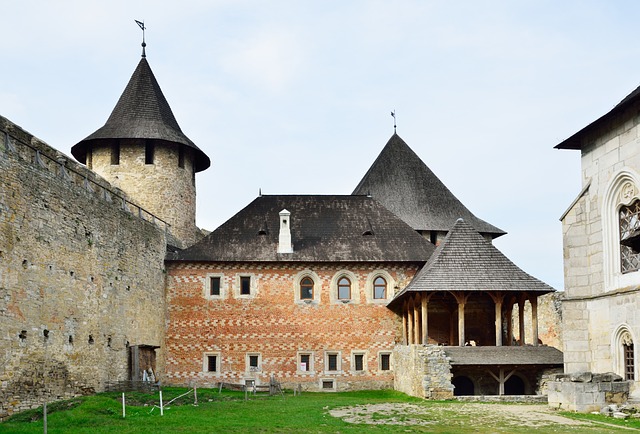Preserving original architectural elements in real estate requires identifying and documenting historic features like intricate molding, vintage doors, unique flooring, and lighting fixtures through meticulous inspection and detailed documentation. A strategic approach involves assessing structural integrity, prioritizing key features based on aesthetic and historical value, balancing preservation with budget constraints, and consulting experts early. Restoration should meticulously plan and execute to preserve original character while enhancing modern functionality using traditional methods, period-specific materials, and contemporary solutions.
In the realm of real estate, preserving historic buildings is a delicate dance. To ensure these architectural treasures thrive, careful consideration must be given to their original elements. This article guides property owners and investors through crucial steps: identify and document historic features, assess preservation priorities and costs, and implement restorative strategies with meticulous planning. By adhering to these practices, the unique character and value of vintage properties can be carefully preserved for future generations.
Identify and Document Historic Features

When preserving original architectural elements in real estate, the first step is to identify and document historic features. This involves a meticulous inspection to uncover and recognize significant structural, decorative, or functional aspects that contribute to the building’s historical value. It could include intricate molding, vintage doors and windows, unique flooring materials, or even early lighting fixtures.
Documentation plays a crucial role in ensuring these elements are not overlooked during renovations or modifications. Detailed records, photographs, and diagrams allow for easy reference and help future contractors or restorers understand the building’s original design intent. This meticulous process is essential to maintaining the integrity of historic properties and preserving them for future generations in the real estate market.
Assess Preservation Priorities and Costs

When preserving original architectural elements in real estate projects, assessing preservation priorities and costs is a critical step. Begin by evaluating the structural integrity of the building and identifying the most significant features to preserve. This might include historical craftsmanship, unique materials, or iconic design elements that define the property’s character. Prioritize these elements based on their contribution to the overall aesthetic and historical value of the structure.
Consideration should also be given to the financial implications. Preservation efforts may require specialized techniques and materials, which can impact construction costs. Evaluate the budget available for the project and explore funding options that support historic preservation. Engaging with experts, architects, and historians early on can help in making informed decisions, ensuring both the authenticity of the restoration and its feasibility within the set financial constraints.
Implement Restorative Strategies with Careful Planning

When undertaking restoration projects on historical buildings, meticulous planning and careful execution are paramount. The goal is to preserve the building’s original character while ensuring structural integrity and functionality for modern use. This delicate balance requires a comprehensive understanding of the architectural style, construction techniques, and materials used in the past.
In the real estate sector, restorative strategies should aim to revive and showcase the unique features that define each era. It involves carefully studying and replicating traditional building methods, selecting appropriate period-specific materials, and incorporating modern solutions that respect the building’s historical significance without compromising comfort or safety standards. This thoughtful approach ensures that restored properties not only maintain their aesthetic appeal but also tell a compelling story of architectural evolution.






